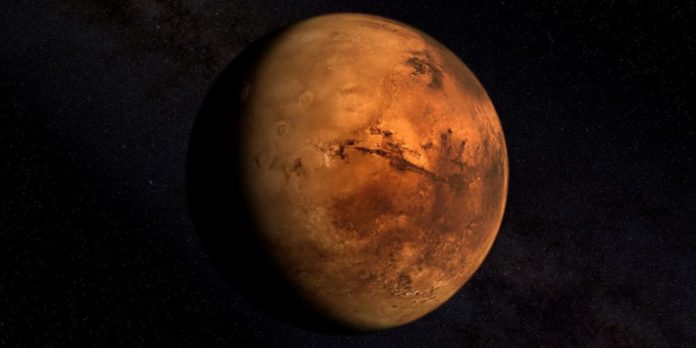- 0share
- Follow
For many years scientists have been under the impression that Mars has a crust similar to that of the Earth’s. However, one Cornell scientist, Esteban Gazel, proposes a different theory. He suggests that the surface of Mars consists of crystallized magma that’s welled up from within the Red Planet.
In 2015 a group of scientists published a study that involved data that had been gathered by the NASA rover, Curiosity. Upon analyzing the data they found that the rover had discovered granite-like rock. This suggested that the Mars crust was similar to that of our own. However, nothing is ever that simple, as any expert will tell.
“To make continental crust you need to brew its ingredients for a very long time – millions and millions of year. The brewing process is complex, involving the process of plate tectonics,” said Gazel. But during their research, Gazel and colleagues saw nothing to indicate the Mars crust had been involved in plate tectonics.
So the researchers followed the continental crust theory instead. To best simulate how magma forms volcanic rocks, the scientists used a special kind of thermodynamical software called MELTS. They used five Mars surface rocks and a Martian meteorite which had fallen to the Earth previously.
Magma evolution is the process in which magma cools down enough to produce crystals, then changes as new crystals form. This same process happens in some places on Earth including Iceland, Hawaii, and the Canary Islands. “Volcanoes from these locations also produce magma that has high-silica content, but it does make a continental crust. Although this magma has high amounts of silica, the magma lacks the remaining ingredients,” explains Gazel.
“Nevertheless, our study confirms the formation of Mars’ early magmas by activity similar processes found in Hawaii today,” continues Gael. “There are gigantic upwellings of hot mantle material from deep regions in Mars.”
- 0share
- Follow

